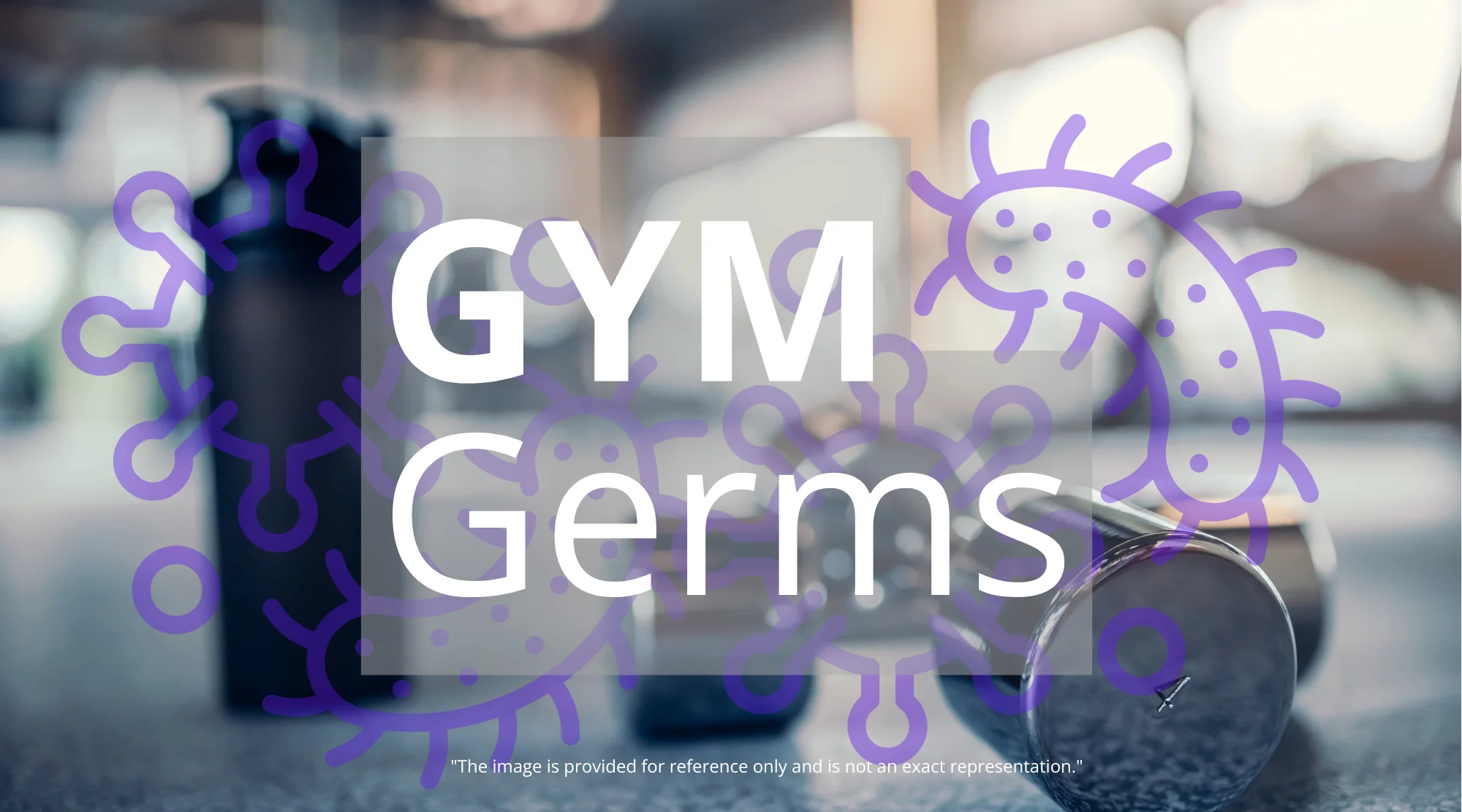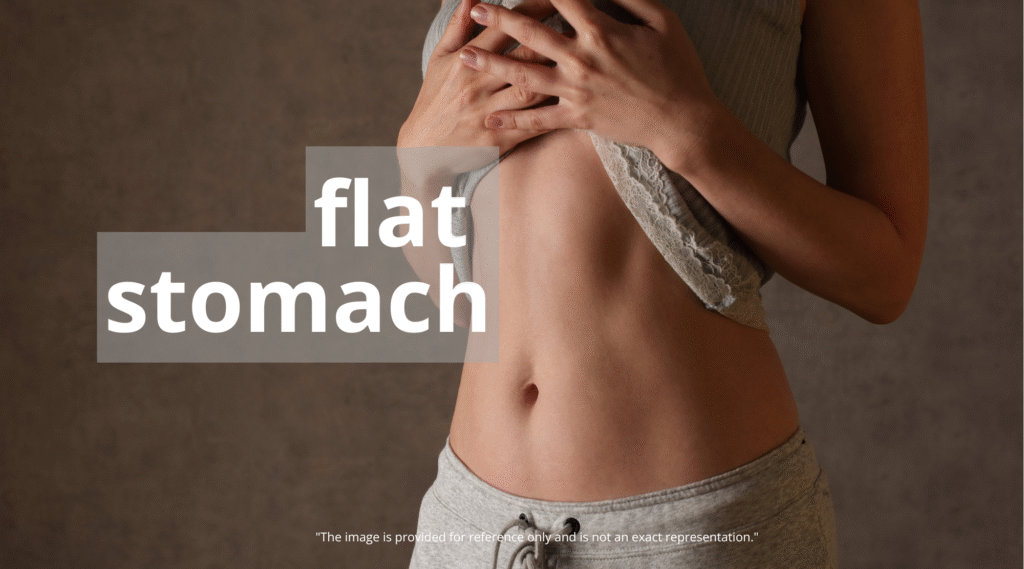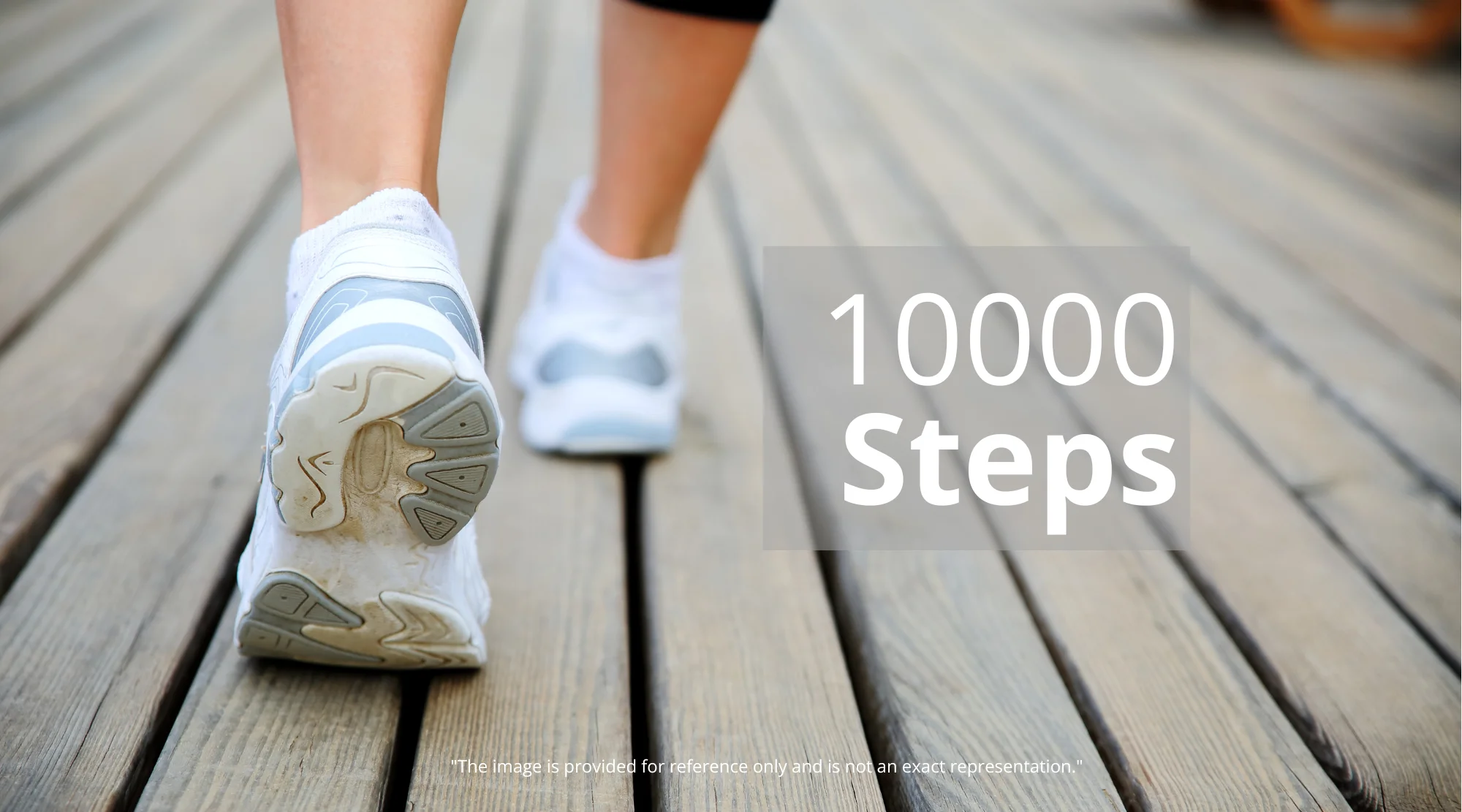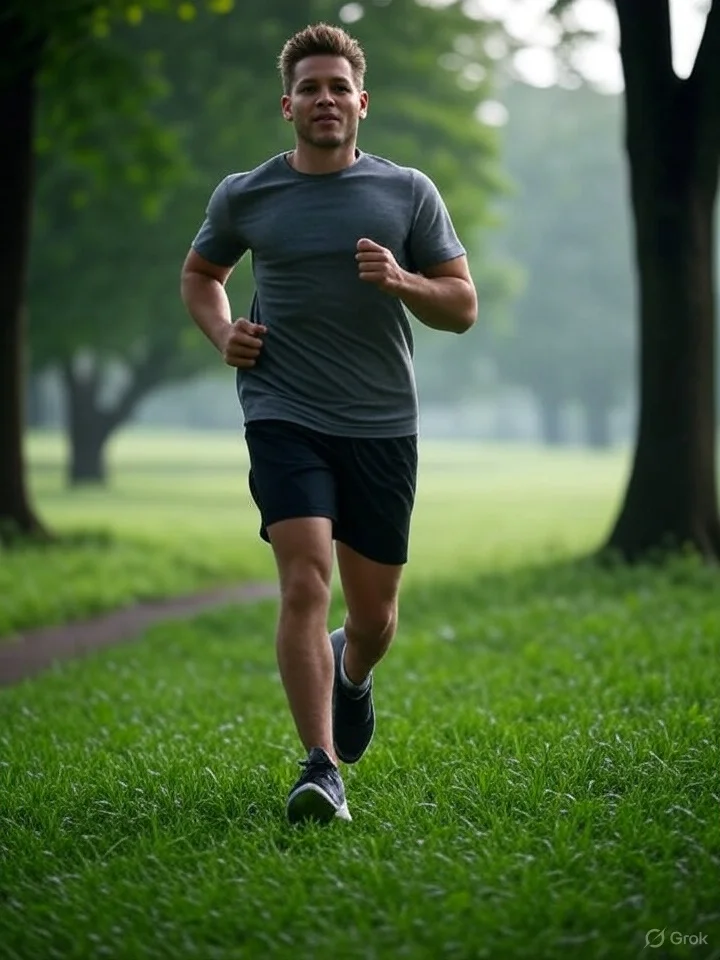Hidden Health Hazards: Unveiling the Germiest Spots at the Gym
Working out at the gym is a cornerstone of a healthy lifestyle, but amidst the pursuit of fitness, it’s easy to overlook a less desirable aspect: the presence of unseen germs. While we strive to build strength and endurance, these fitness havens can also harbor a surprisingly high concentration of bacteria and viruses, potentially jeopardizing our well-being. Understanding the germiest places at the gym and taking proactive steps to mitigate the risk of exposure is critical for maintaining your health. In this comprehensive guide, we’ll delve into the specific areas and equipment where germs lurk, exploring the risks and providing actionable strategies to safeguard your health while you pursue your fitness goals.

The Microbe Hotspots: Unmasking the Germiest Zones
Gyms, despite their commitment to cleanliness, present numerous opportunities for the spread of harmful microorganisms. High-touch surfaces, shared equipment, and communal areas create an environment conducive to germ proliferation. Knowing where these hazards are is the first step toward protection.
Yoga Mats: A Paradise for Germs
Yoga mats are often overlooked, yet they can be a breeding ground for bacteria, fungi, and viruses. The porous nature of the material, coupled with sweat and skin contact, creates an ideal environment for microbial growth. Moreover, mats are frequently used by numerous individuals, increasing the likelihood of cross-contamination.
To mitigate the risk, consider bringing your own yoga mat. If using shared mats, wipe them down thoroughly before and after each use with a gym-approved disinfectant. Pay close attention to any areas where the mat is visibly soiled.
Exercise Balls: Not as Clean as They Appear
Exercise balls, frequently used in various fitness routines, are another potential source of germ exposure. Their large surface area and frequent contact with multiple users make them susceptible to contamination. Studies have shown that these balls can harbor a variety of pathogens.
Always wipe down exercise balls before use with disinfectant wipes. Avoid direct contact with the ball by using a towel or wearing gloves.
Barbells and Dumbbells: High-Touch, High-Risk
Free weights, including barbells and dumbbells, are among the germiest surfaces in a gym. They are frequently touched by hands, often sweaty, providing an ideal environment for germ transfer. The high-touch nature of these items means that even brief contact can lead to the spread of bacteria, viruses, and other microorganisms.
Prior to each exercise, wipe down barbells and dumbbells with disinfectant wipes. Wash your hands before and after using weights, and consider wearing gloves for an added layer of protection.
Cardio Equipment Grips: A Prime Vector for Germs
The grips on treadmills, ellipticals, and stationary bikes are constantly touched by users. They are frequently in contact with hands and face, making them prime conduits for germs.
Always wipe down the grips of cardio equipment before and after use. Make sure to wash your hands before and after using these machines, and avoid touching your face while exercising.
Locker Room Showers: Damp Havens for Microbes
Locker rooms, especially the shower areas, can be breeding grounds for mold, fungi, and bacteria. The warm, humid environment is ideal for microbial growth. Bare feet increase the risk of picking up fungal infections.
Always wear flip-flops or shower shoes when using the locker room showers. Ensure that you dry off thoroughly after your shower and avoid leaving wet towels or clothing in the locker room.
Machine Buttons: Frequently Touched, Rarely Cleaned
Machine buttons and control panels on various equipment are frequent touchpoints. These small areas are rarely cleaned and can harbor numerous germs.
Use disinfectant wipes to clean the buttons and control panels of machines before and after use. Avoid touching your face while exercising.
Water Fountains: Shared Hydration Stations
Water fountains, while providing hydration, can be sources of cross-contamination. Spillage and contact from multiple users can lead to the spread of germs.
Avoid direct contact with the fountain spout. Consider bringing your own water bottle and refilling it at the fountain or a designated water station.
Proactive Measures: Protecting Yourself at the Gym
While the gym environment presents potential health risks, you can take several precautions to minimize your exposure to harmful microorganisms.
Cleaning Protocols: Your First Line of Defense
The effectiveness of gym cleaning protocols is paramount in reducing the spread of germs. Look for gyms that have established and consistent cleaning procedures. These should include the use of EPA-approved disinfectants and regular cleaning of all equipment and surfaces.
Before using any equipment, wipe it down with disinfectant wipes. Follow the 3W approach: wet, wait, wipe, as suggested by experts.
Hand Hygiene: A Crucial Habit
Washing your hands frequently is a simple yet highly effective way to prevent the spread of germs. Wash your hands thoroughly with soap and water before and after your workout. Use hand sanitizer if soap and water are not readily available.
Personal Hygiene: Minimizing Your Risk
Cover any open wounds or cuts to prevent bacteria from entering. Avoid touching your face during workouts. Stay home if you are feeling sick to avoid spreading pathogens to others.
Protective Gear: Adding an Extra Layer
Consider wearing gloves during your workouts, especially if you are handling free weights or using cardio equipment. This can help reduce direct contact with germ-laden surfaces.
Staying Informed: Your Health, Your Responsibility
Stay informed about any outbreaks or health concerns in your local area. Adhere to guidelines provided by health authorities and the gym management. Be aware of any signs of illness and take appropriate action to protect yourself and others.
Beyond the Gym: Supporting Your Overall Health
While protecting yourself at the gym is essential, your overall health is influenced by many factors beyond your workout routine. Consider how your daily habits impact your well-being.
Prioritizing Sleep: Fueling Recovery
Adequate sleep is critical for overall health and immune function. Insufficient sleep can weaken your immune system, making you more susceptible to infections. Read more about the power of sleep and why prioritizing rest is crucial for your health: The Power of Sleep: Why Prioritizing Rest is Crucial for Your Health.
The Role of Nutrition: Strengthening Your Defenses
A balanced diet rich in fruits, vegetables, and lean protein supports immune function and overall health. Proper nutrition is essential for fighting off infections and recovering from workouts. Consider exploring healthy eating habits, such as the Harvard Dietary Secrets for Longevity and Vitality: Healthy Eating at 70: Harvard’s Dietary Secrets for Longevity and Vitality.
Managing Stress: Boosting Resilience
Chronic stress can weaken your immune system. Employ stress management techniques such as mindfulness, meditation, or deep breathing exercises. For more strategies, read: Master Stress: Proven Strategies for a Calmer, Healthier You | Be Full Be Health.
Embracing Regular Exercise: The Power of Physical Activity
Regular exercise not only strengthens your body but also boosts your immune system. Physical activity can improve your gut microbiome: Exercise & Gut Health: How Physical Activity Transforms Your Gut Microbiome.
Conclusion: Staying Safe While Staying in Shape
The pursuit of fitness should never come at the expense of your health. By understanding the germiest places at the gym and implementing a combination of proactive measures, you can significantly reduce your risk of exposure to harmful microorganisms. Prioritize proper cleaning protocols, practice diligent hand hygiene, and consider protective gear. Stay informed, and be mindful of your overall health and well-being. By adopting these strategies, you can create a healthier, safer environment to achieve your fitness goals. Remember, your health is your greatest asset. Protect it diligently, and continue to strive for a stronger, healthier you.














Post Comment